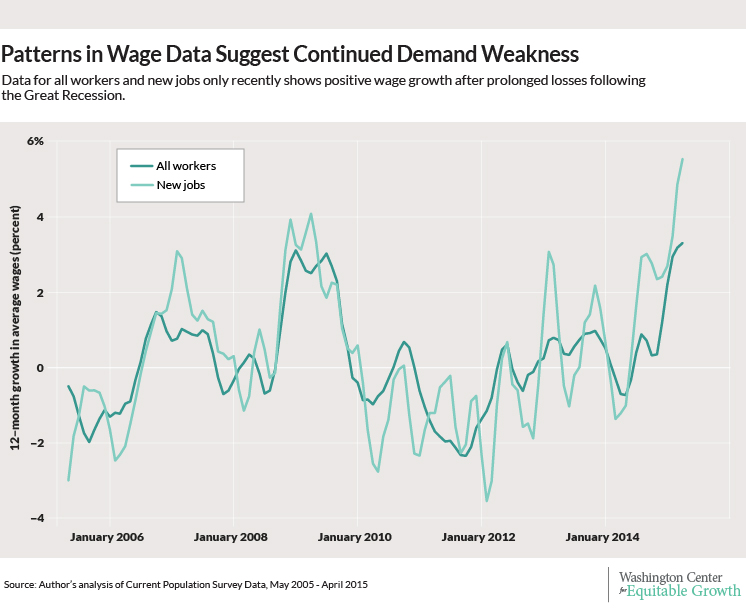Must-Read: The process of creating a market–especially as delicate and complicated a market as a market for debt and equity investments in relatively large-scale enterprises–is not a straightforward process. Here Venture and Voth argue that the spillovers from the creation of the “technology” of a debt marketplace were enormous, as only after the government had dug the channels through which debt would flow for its own war-fighting purposes could first canal companies, then manufacturing companies, and then railroad companies take advantage of them.
: Debt miracle: Why the country that borrowed the most industrialised first: “Is debt really that bad?…
…This column looks at the towering debts, rapid tax hikes, and constant state of war that led to Britain’s Industrial Revolution, showing that the devil is in the detail when assessing sovereign debt…. Towering debts, rapidly rising taxes, constant and expensive wars, a debt burden surpassing 200% of GDP. What are the chances that a country with such characteristics would grow rapidly? Almost anyone would probably say ‘none’. And yet, these are exactly the conditions under which the Industrial Revolution took place in Britain….
Until now, scholars mostly thought of the effect of government borrowing on growth as either neutral or negative. One prominent view held that investment in private industry would have been higher had Britain fought and borrowed less (Williamson 1984). Another argument is that private savings decisions undid the potentially negative effects of massive borrowing – because debt eventually has to be repaid, private agents anticipated rising taxes in the future and neutralised the effects of debt accumulation (Barro 1990)…. We argue that Britain’s borrowing binge was actually good for growth (Ventura and Voth 2015)…. Financial intermediation was woefully inadequate–it failed to send the money where it should have gone. As one prominent historian of the British Industrial Revolution argued:
the reservoirs of savings were full enough, but conduits to connect them with the wheels of industry were few and meagre … surprisingly little of [Britain’s] wealth found its way into the new industrial enterprises …. (Postan 1935).
Without effective intermediation, new sectors had to self-finance…. [But] by issuing bonds on a massive scale, the government effectively pioneered a way… to put money in the pockets of entrepreneurs…. Government debt issuance ‘healed’ the negative consequences of financial frictions…. These efficiency-enhancing effects of government debt may be all the more important in developing countries. There, the added benefits of debt that we did not discuss–such as providing a safe store of value, and a certain source of liquidity (Holmstrom and Tirole 1998)–may tilt the overall scoresheet even more in favour of government borrowing…

